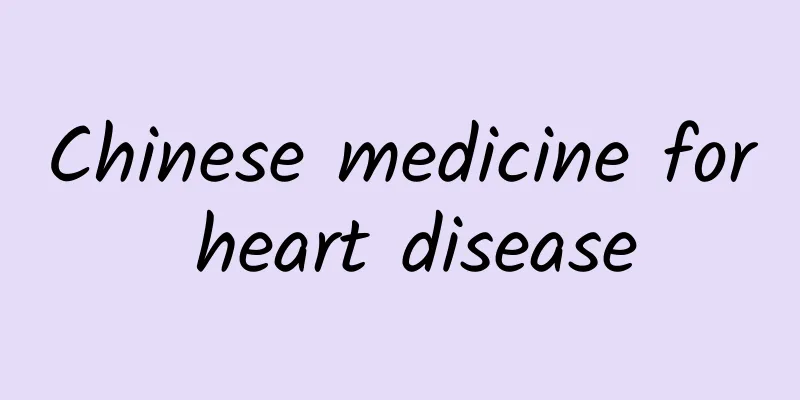Is stroke a cerebral infarction?

|
When people reach middle age or old age, the incidence of various diseases will gradually increase, especially stroke and cerebral infarction. However, many people believe that stroke and cerebral infarction are the same disease and compare them. In fact, there are obvious differences between these two diseases in the medical field. If we blindly treat them as the same disease, the consequences will be disastrous. So today we will talk about the difference between these two diseases. Stroke is a group of diseases with symptoms of cerebral ischemia and hemorrhagic injury as the main clinical manifestations, also known as cerebral infarction or cerebrovascular accident. It has extremely high mortality and disability rates. It is mainly divided into two categories: hemorrhagic stroke (cerebral hemorrhage or subarachnoid hemorrhage) and ischemic stroke (cerebral infarction, cerebral thrombosis), with cerebral infarction being the most common. Stroke has an acute onset and a high mortality rate and is one of the most important fatal diseases in the world. The mortality rate of stroke also tends to increase with age. Due to the lack of effective treatment measures, prevention is currently believed to be the best measure. Therefore, strengthening education on the risk factors and precursor symptoms of stroke among the entire population will truly achieve effective prevention and treatment results. The standard name of cerebral infarction is cerebral infarction, also known as ischemic stroke. It refers to ischemic necrosis or softening of localized brain tissue caused by impaired blood supply to the brain, ischemia, and hypoxia. The main clinical manifestations are sudden fainting, unconsciousness, hemiplegia, speech disorders, and intellectual disabilities. Cerebral infarction not only poses a great threat to human health and life, but also brings great pain and heavy burden to patients, families and society. The clinical symptoms of cerebral infarction are complex, which are related to the site of brain damage, the size of ischemic blood vessels, the severity of ischemia, the presence or absence of other diseases before the onset of the disease, and the presence or absence of other important organ diseases. In mild cases, there may be no symptoms at all, that is, asymptomatic cerebral infarction; it may also manifest as recurrent limb paralysis or dizziness, that is, transient ischemic attack; in severe cases, there may not only be limb paralysis, but even acute coma and death. If the lesion affects the cerebral cortex, it may manifest as epileptic seizures in the acute stage of cerebrovascular disease, with the highest incidence within 1 day after the onset of the disease. Cerebrovascular disease with epilepsy as the first onset is rare. In fact, there are obvious differences between stroke and cerebral infarction, but we usually don’t pay much attention to them. For two similar diseases, we should consider the consequences caused by the location of the disease. In this way, we can quickly and accurately identify what the two diseases are. In this way, we will find the right method to cure them and eliminate the troubles caused by the disease. |
<<: What is the reason for menstrual blood clots?
>>: Why does adrenocorticotropic hormone increase?
Recommend
What are the drugs for treating myocardial infarction?
Myocardial infarction has become a common disease...
TCM treatment of chronic gastritis - acupoint application
The temperature is high during the dog days of su...
Are flat warts contagious to other people?
Flat warts are a disease caused by human papillom...
Self-examination of cervical spondylosis, do you have any of these symptoms?
The incidence of cervical spondylosis is extremel...
What is testicular pain?
There are many common diseases among men, such as...
What to eat for insomnia caused by kidney deficiency? Three foods are most effective
Insomnia due to kidney deficiency is a common sym...
Symptoms before menarche in girls
For girls, the first menstruation is called menar...
How to treat cerebral ischemia
Cerebral ischemia is a relatively common disease....
Neonatal esophageal atresia
Many congenital genetic diseases appear in newbor...
What are fat particles on the scrotum?
The most common cause of fat particles in the scr...
What to do if your baby's tongue is rotten? Folk remedies for treating tongue ulcers
If a baby bites his tongue without paying attenti...
What are the benefits of loquat leaf brown sugar water?
In the long life, the general public has accumula...
The efficacy and contraindications of Terminalia chebula
The effects and functions and taboos of Terminali...
Lumbar vertebra tuberculosis right leg pain
The lumbar spine is very important to us. If ther...
Consequences of using local anesthetics during pregnancy
In the early stages of pregnancy, the fetus is mo...









